Introduction
Sewer backup restoration is an essential process for cleaning up and preventing damage caused by sewage overflow. When the sewer system backs up, it can lead to significant property damage, health hazards, and costly repairs. Understanding the warning signs, causes, and prevention methods can help homeowners and business owners take proactive measures to protect their properties and minimize the risk of sewer backups. In this article, we will discuss sewer backup restoration comprehensively, providing insights into the restoration process, prevention strategies, and professional services available.
Warning Signs of Sewer Backup
Recognizing the early warning signs of sewer backup can help property owners take immediate action to prevent further damage. Some common warning signs include:
- Foul odors coming from drains
- Gurgling sounds from toilets or drains
- Slow drainage in sinks, bathtubs, or toilets
- Water backup in drains or toilets
- Sewage smells in or around the property
If you notice any of these signs, it is crucial to address the issue promptly to avoid extensive damage.
Causes of Sewer Backup
Sewer backups can occur due to various reasons, including:
- Clogged or blocked sewer lines caused by debris, tree roots, grease buildup, or foreign objects
- Broken or collapsed sewer pipes
- Heavy rains or flooding that overwhelms the sewer system
- Improperly designed or outdated sewer systems
Understanding the causes can help property owners take preventive measures to minimize the risk of sewer backups.
Preventing Sewer Backup
It is essential to take proactive steps to prevent sewer backups. Some preventive measures include:
- Avoid flushing anything other than toilet paper down the toilet
- Regularly maintain and clean your drains and sewer lines
- Install backwater valves or check valves to prevent sewage from flowing back into your property
- Avoid pouring grease, oils, or fats down the drains
- Keep trees and shrubs away from sewer lines
Implementing these preventive measures can significantly reduce the likelihood of sewer backups.
Sewer Backup Restoration Process
When a sewer backup occurs, immediate restoration is crucial to minimize damage and ensure a safe and clean environment. The sewer backup restoration process typically involves the following steps:
- Assessment and Inspection: Professionals assess the extent of the damage and identify the cause of the backup.
- Water Extraction: If there is standing water, professionals use specialized equipment to extract the water.
- Sanitization: The affected area is thoroughly cleaned, disinfected, and deodorized to eliminate bacteria and odors.
- Drying and Dehumidification: The area is dried using industrial-grade equipment to prevent mold growth.
- Restoration and Repairs: Any damaged materials, such as flooring or drywall, are repaired or replaced to restore the property to its pre-loss condition.
- Preventive Measures: Professionals may recommend and implement preventive measures to reduce the risk of future sewer backups.
It is important to hire a professional sewer backup restoration company to ensure the proper and safe removal of sewage and thorough restoration of the affected area.
Professional Sewer Backup Restoration Services
Service Water Restoration Pros is a trusted provider of sewer backup restoration services. With years of experience, our team of highly trained professionals has the expertise to handle sewer backup emergencies efficiently and effectively. We utilize advanced equipment and techniques to ensure a thorough restoration process that meets the highest industry standards. Whether it is a residential or commercial property, we prioritize customer satisfaction and work diligently to restore properties to their pre-loss condition.
What To Do When Your Sewer Backs Up
Following the appropriate steps when your sewer backs up can help prevent a major disaster. It is important to act quickly and:
- Turn off the water supply to prevent further damage.
- Do not use any plumbing fixtures until the issue is resolved.
- Call a professional sewer backup restoration service, such as Service Water Restoration Pros, for immediate assistance.
By taking these steps, you can minimize the damage caused by sewer backups.
FAQ
What should I do if I experience a sewer backup?
How can I prevent sewer backups?
- Avoid flushing anything other than toilet paper down the toilet.
- Maintain and clean your drains and sewer lines regularly.
- Install backwater valves or check valves to prevent sewage from flowing back into your property.
- Avoid pouring grease, oils, or fats down the drains.
- Keep trees and shrubs away from sewer lines.
If you need professional sewer backup restoration services or have any questions regarding sewer backups, contact Service Water Restoration Pros at (949) 209-1582.



